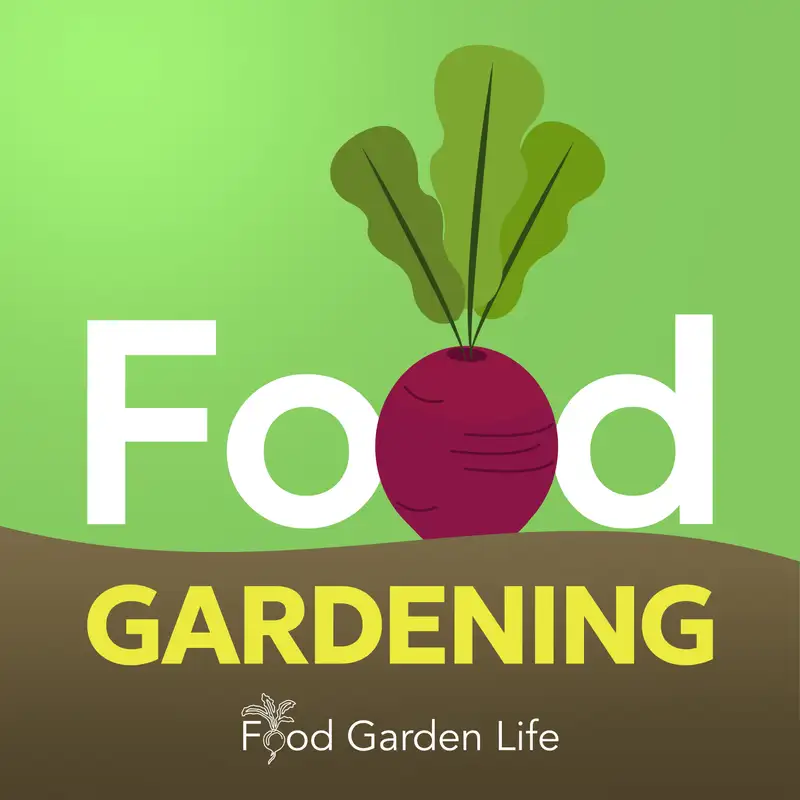Edible Front Yards and Sensory Gardens
Jennifer Lauruol weaves together permaculture concepts, native plants, food plants, forest gardening, and educational elements in her regenerative-garden design work in Lancaster, England.
Her passion is edible ornamental gardening—especially in front yards.
Lauruol also uses many native plants in her designs. She finds that effective design helps people interpret the use of native plants as a garden.
Edible Front Yards
Lauruol recalls a neighbour’s concern that children might steal the fruit that Lauruol was growing in her front yard. Yet that was exactly her goal: that children would enjoy the fruit and learn where it comes from.
She says that a well-planned garden can have a succession of edible fruits and ornamental plants. Another way to weave edible plants into a landscape is to create an edible hedge.
While edible front gardens might not appeal to everyone’s taste, Lauruol does have a tip for gardeners worried about sceptical neighbours: “I do know what to do about the diehards: give them strawberries,” she says.
Native Plants
Lauruol explains that having a mown strip around plantings of native plants helps people understand it as something intentional. “If you create a frame around it then people can understand it,” she says.
Her own design with native plants is strongly influenced by Brazilian artist, painter, and landscape architect Roberto Burle Marx, who used big blocks of colour in his work. She says planting native plants in large drifts, as opposed to mixed plantings, is an approach that is less likely to be interpreted as sloppy.
Sensory Gardens
Lauruol creates sensory gardens for people with special needs. Her focus on sensory gardens stems from her own experience with her daughter Marie, who has special needs. “She comes alive when she is in nature,” says Lauruol, adding, “For me, the base of a sensory garden really needs to be a wildlife garden.”
Are you thinking of growing a potted olive tree? Or maybe you already have one…but you’re still waiting for olives. Olive trees are tough as nails. They can take more cold than many people realize. And they’re really beautiful, too. Put these all together, and you have a great potted plant for a cold-climate garden.
In my new book, Grow Olives Where You Think You Can't, I tell you everything you need to know to successfully grow an olive tree in a pot!
***
In my new book, Grow Olives Where You Think You Can't, I tell you everything you need to know to successfully grow an olive tree in a pot!
***
Jennifer Lauruol weaves together permaculture concepts, native plants, food plants, forest gardening, and educational elements in her regenerative-garden design work in Lancaster, England.
Her passion is edible ornamental gardening—especially in front yards.
Lauruol also uses many native plants in her designs. She finds that effective design helps people interpret the use of native plants as a garden.
Edible Front Yards
Lauruol recalls a neighbour’s concern that children might steal the fruit that Lauruol was growing in her front yard. Yet that was exactly her goal: that children would enjoy the fruit and learn where it comes from.
She says that a well-planned garden can have a succession of edible fruits and ornamental plants. Another way to weave edible plants into a landscape is to create an edible hedge.
While edible front gardens might not appeal to everyone’s taste, Lauruol does have a tip for gardeners worried about sceptical neighbours: “I do know what to do about the diehards: give them strawberries,” she says.
Native Plants
Lauruol explains that having a mown strip around plantings of native plants helps people understand it as something intentional. “If you create a frame around it then people can understand it,” she says.
Her own design with native plants is strongly influenced by Brazilian artist, painter, and landscape architect Roberto Burle Marx, who used big blocks of colour in his work. She says planting native plants in large drifts, as opposed to mixed plantings, is an approach that is less likely to be interpreted as sloppy.
Sensory Gardens
Lauruol creates sensory gardens for people with special needs. Her focus on sensory gardens stems from her own experience with her daughter Marie, who has special needs. “She comes alive when she is in nature,” says Lauruol, adding, “For me, the base of a sensory garden really needs to be a wildlife garden.”
***
- Join the 5,000+ gardeners in The Food Garden Gang who stay on top of home food-growing ideas with our weekly e-mail. We’re making the world a better place one garden at a time!

